André Dietrich
Pedestrian Models for Autonomous Driving Part II: high level models of human behaviour
Mar 26, 2020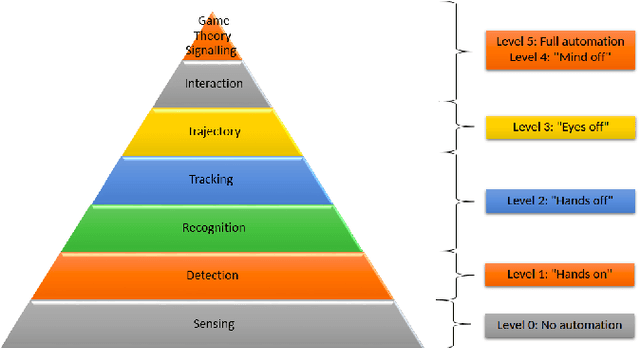
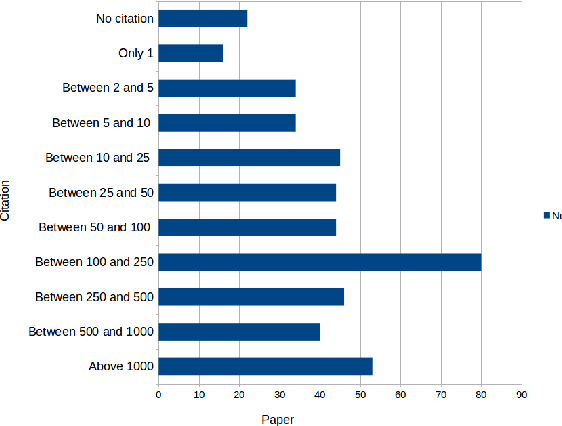

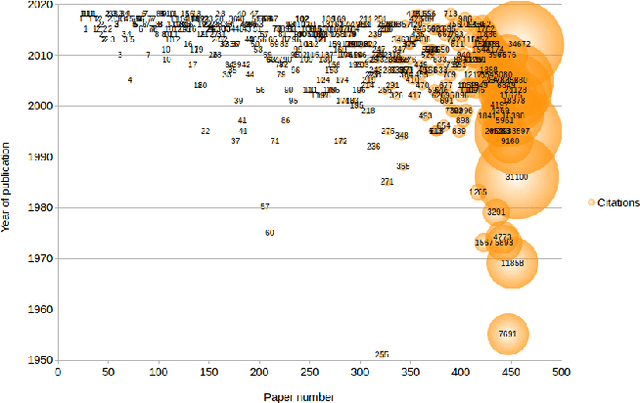
Abstract:Autonomous vehicles (AVs) must share space with human pedestrians, both in on-road cases such as cars at pedestrian crossings and off-road cases such as delivery vehicles navigating through crowds on high-streets. Unlike static and kinematic obstacles, pedestrians are active agents with complex, interactive motions. Planning AV actions in the presence of pedestrians thus requires modelling of their probable future behaviour as well as detection and tracking which enable such modelling. This narrative review article is Part II of a pair which together survey the current technology stack involved in this process, organising recent research into a hierarchical taxonomy ranging from low level image detection to high-level psychological models, from the perspective of an AV designer. This self-contained Part II covers the higher levels of this stack, consisting of models of pedestrian behaviour, from prediction of individual pedestrians' likely destinations and paths, to game theoretic models of interactions between pedestrians and autonomous vehicles. This survey clearly shows that, although there are good models for optimal walking behaviour, high-level psychological and social modelling of pedestrian behaviour still remains an open research question that requires many conceptual issues to be clarified by the community. At these levels, early work has been done on descriptive and qualitative models of behaviour, but much work is still needed to translate them into quantitative algorithms for practical AV control.
Pedestrian Models for Autonomous Driving Part I: low level models, from sensing to tracking
Feb 26, 2020



Abstract:Autonomous vehicles (AVs) must share space with human pedestrians, both in on-road cases such as cars at pedestrian crossings and off-road cases such as delivery vehicles navigating through crowds on high-streets. Unlike static and kinematic obstacles, pedestrians are active agents with complex, interactive motions. Planning AV actions in the presence of pedestrians thus requires modelling of their probable future behaviour as well as detection and tracking which enable such modelling. This narrative review article is Part I of a pair which together survey the current technology stack involved in this process, organising recent research into a hierarchical taxonomy ranging from low level image detection to high-level psychology models, from the perspective of an AV designer. This self-contained Part I covers the lower levels of this stack, from sensing, through detection and recognition, up to tracking of pedestrians. Technologies at these levels are found to be mature and available as foundations for use in higher level systems such as behaviour modelling, prediction and interaction control.
Reasoning in complex environments with the SelectScript declarative language
Oct 04, 2015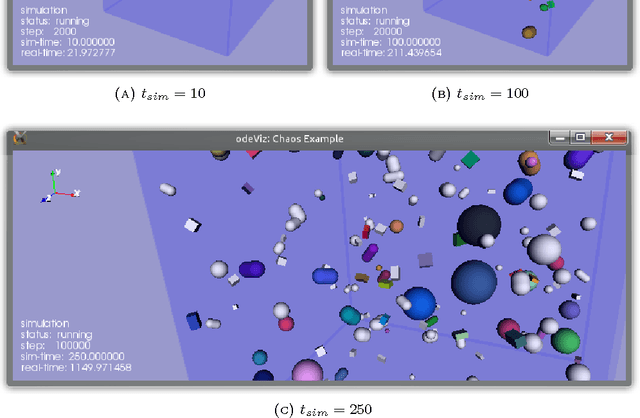
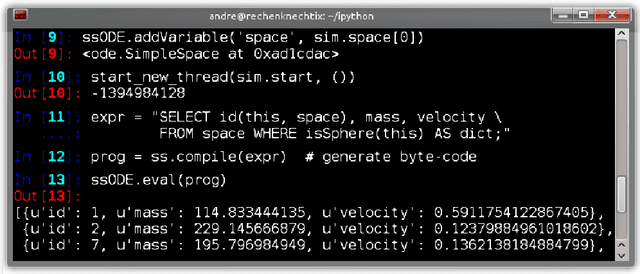
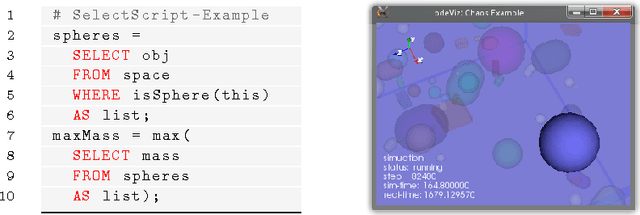
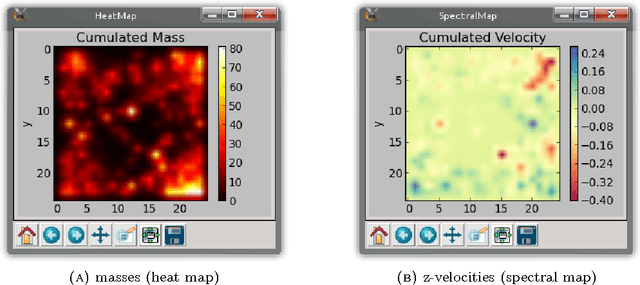
Abstract:SelectScript is an extendable, adaptable, and declarative domain-specific language aimed at information retrieval from simulation environments and robotic world models in an SQL-like manner. In this work we have extended the language in two directions. First, we have implemented hierarchical queries; second, we improve efficiency enabling manual design space exploration on different "search" strategies. We demonstrate the applicability of such extensions in two application problems; the basic language concepts are explained by solving the classical problem of the Towers of Hanoi and then a common path planning problem in a complex 3D environment is implemented.
 Add to Chrome
Add to Chrome Add to Firefox
Add to Firefox Add to Edge
Add to Edge